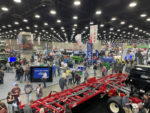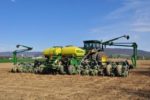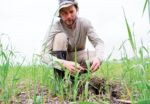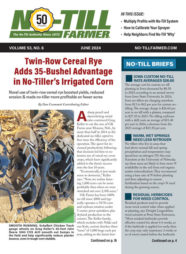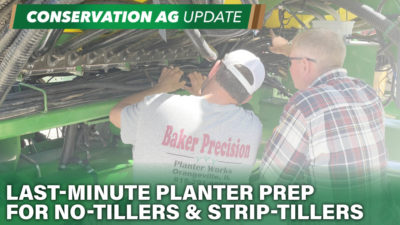Advertise Follow Us
Items Tagged with 'row cleaners'
ARTICLES
Sponsored Content: Planter Maintenance with Precision Planting
How to Make Sure Your Row Cleaners are Doing Their Job
Read MoreRespecting the ‘Sacred’ No-Till Planter Pass
The secret to planting success boils down to not only equipment choices but measuring, verifying and doing the little things well, says Bill Lehmkuhl.
Read More
‘Getting Off the Treadmill’ for Better Soil Health
No-tilling, cover crops, biologicals and livestock grazing are pushing Luke Linnebringer’s central Missouri farm toward a more profitable future.
Read More
What I've Learned from No-Tilling

